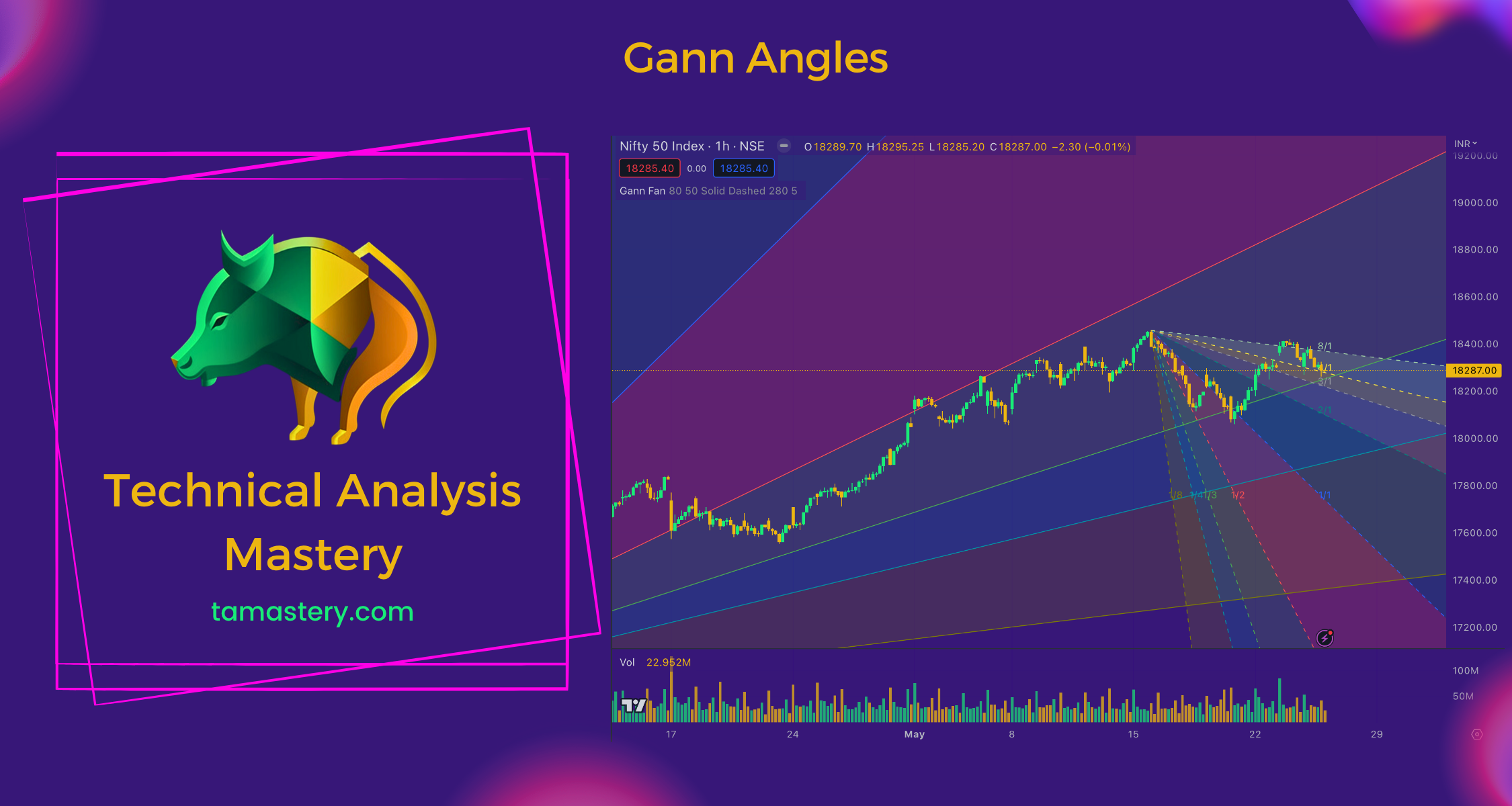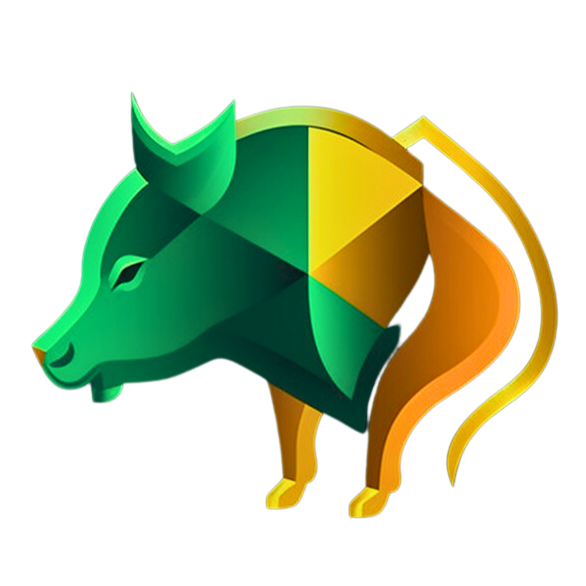Gann Angles: The Compass of Stock Trading
Discover Gann Angles and Gann Fan, potent tools in stock trading by W.D. Gann. These guides aid in understanding price movements and refining your trading strategy.

Introduction
Imagine you are on a thrilling treasure hunt. The vast and dynamic stock market is your map, and your objective is to unearth lucrative trades. But, like any good explorer, you need a compass to guide your way. This is where technical indicators, specifically Gann Angles, step in as your compass in the adventurous world of stock trading.
What are Gann Angles?
In simple terms, Gann Angles are lines you draw on a price chart, almost like drawing lines from the center of a compass. Named after their creator, W.D. Gann, these lines are plotted at certain angles to help us understand the movement of a stock's price over time. Picture a compass with its north, south, east, and west. Gann Angles work similarly, telling us the direction a stock's price might be heading.
How Gann Angles Work
Just as you place the tip of a compass on a map to draw a circle, Gann Angles are drawn from significant price points on a stock chart. These points are typically the high or low price points. Then, the Angles, or lines, extend outwards. By looking at where these lines point, you can get an idea of the stock's price direction.
Why are Gann Angles Helpful in Trading?
Gann Angles can be incredibly helpful in trading because they help traders decipher whether a stock's price is moving up, down, or sideways. Like using a compass to know if you're heading north, south, east, or west, Gann Angles help traders identify the price movement direction. This understanding can aid traders in making informed decisions about when to buy or sell a stock.
How to Use Gann Angles in Trading
If you see the price of a stock moving along an upward Gann Angle, it might signal a good time to buy as the price seems to be on an upward trend. Picture walking north on a compass, you're moving up, right? On the flip side, if the price is moving along a downward Gann Angle, it might suggest a good time to sell as the price appears to be falling. This is akin to moving south on a compass.
Gann Angles vs. Gann Fan
In the vast ocean of stock trading, there are many tools and methods to help traders navigate. Two of these tools, both created by W.D. Gann, are Gann Angles and the Gann Fan. While they serve similar purposes, they are used differently. Gann Angles are like lines drawn on a map showing a specific path. They're drawn from significant price points and give a focused view of potential stock price direction.
The Gann Fan, however, is like a set of multiple Gann Angles fanning out from a single price point. It's like a hand-held fan opening from a single point. It provides a broader perspective of possible price movements in different directions. Gann Angles are helpful when you want to concentrate on one potential price direction, whereas the Gann Fan is useful when considering multiple possible price directions.
Remember, both Gann Angles and the Gann Fan are just tools. They can't predict the future but are more like road signs giving hints about possible price movements. The decision to buy or sell a stock is ultimately up to you.
Conclusion
Gann Angles serve as a reliable compass in the world of stock trading, helping traders decode the direction of a stock's price movement. However, like a real compass, they don't predict the future but guide you by showing potential paths. Whether you use Gann Angles, the Gann Fan, or both, depends on your trading needs and style. So, remember to continue your trading journey by exploring other technical indicators that, alongside Gann Angles, could help you navigate the exciting waters of stock trading.
Glossary
- Gann Angles: Lines drawn at certain angles on a stock chart to help understand the direction of a stock's price movement.
- Price point: A specific price at which a stock has been traded. In this context, significant price points like high or low prices are used to draw Gann Angles.
